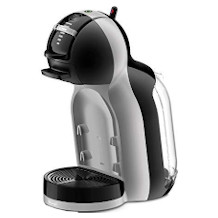Espresso machine purchasing advice: how to choose the right product
- What You Need to Know
- An espresso machine has three main components: a boiler, a pump, and a brew group.
- Depending on the model, a distinction is made between single-circuit, dual-circuit and dual-boiler machines, which all have different uses.
- A consistent brewing temperature is essential for a good espresso.
- Nine bars of pressure are required to prepare an espresso.
Espresso – Coffee, the Milanese Way
Nothing embodies the pleasure of coffee quite like a good espresso. Like many achievements of coffee culture, this particularly aromatic coffee has its origins in Italy. The coffee preparation method, in which hot water is pressed through finely ground coffee at high pressure, originates from the city of Milan in Lombardy. Espresso can be drunk in its “pure form” or serve as the basis for several delicious coffee specialties.
The first espressos were made in Milan in the late 19th century. As coffee house owners looked to shorten the waiting time of their guests, the steam-based technology made it possible to prepare coffee much faster. Water from a large boiler was passed through the coffee grounds at a pressure of 1.5 bar. In the year 1901, engineer Luigi Bezzera filed a patent for the first espresso machine.
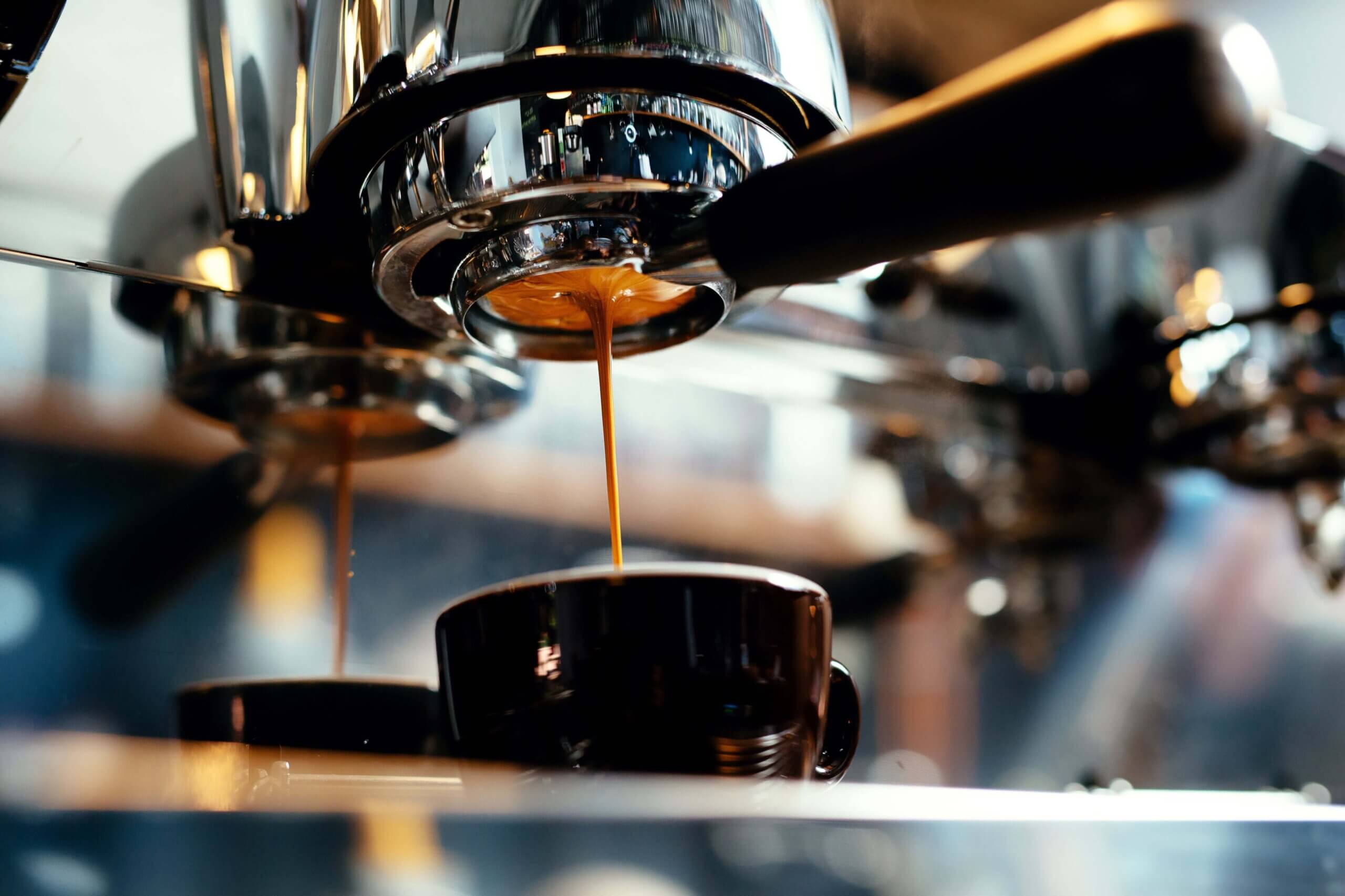
Today’s espresso machines no longer work with steam. The inventor of the modern espresso machine was Giovanni Achille Gaggia, who, in 1938, patented a piston system that forces pressurised water through coffee grounds. This allowed Gaggia to increase the built-up pressure to ten bars. The result was the foamy, hazelnut-brown cream that contributes to the aroma of espresso.
Under Pressure: The Secret of Espresso
To prepare an espresso, the water must first be heated. This task is performed by a boiler or a water heater. When the water has reached the necessary temperature of 90°C, it is pressed through the coffee grounds under around nine bars of pressure. Strictly speaking, coffee prepared at lower pressures cannot be considered espresso. Depending on the model, pressure is built up by a pump or a hand lever. The coffee grounds are held in a removable portafilter which is fixed to the machine with a lock. The grounds are pressed into the portafilter with the help of a so-called tamper – a kind of stamp.
Just Like at the Café – Espresso Machines for Coffee at Home
Everyone knows the large, professional coffee machines that we see in restaurants, but consumers can get smaller versions of a similar machine for use at home. These espresso machines for home use are called portafilter machines and require a bit of involvement from the user in the preparation of a coffee. A fully-automatic coffee machine, on the other hand, delivers coffee at the touch of a button. Automatic coffee machines can only be considered espresso machines at a stretch as they generally don’t reach the necessary pressure for preparing a “real” espresso.
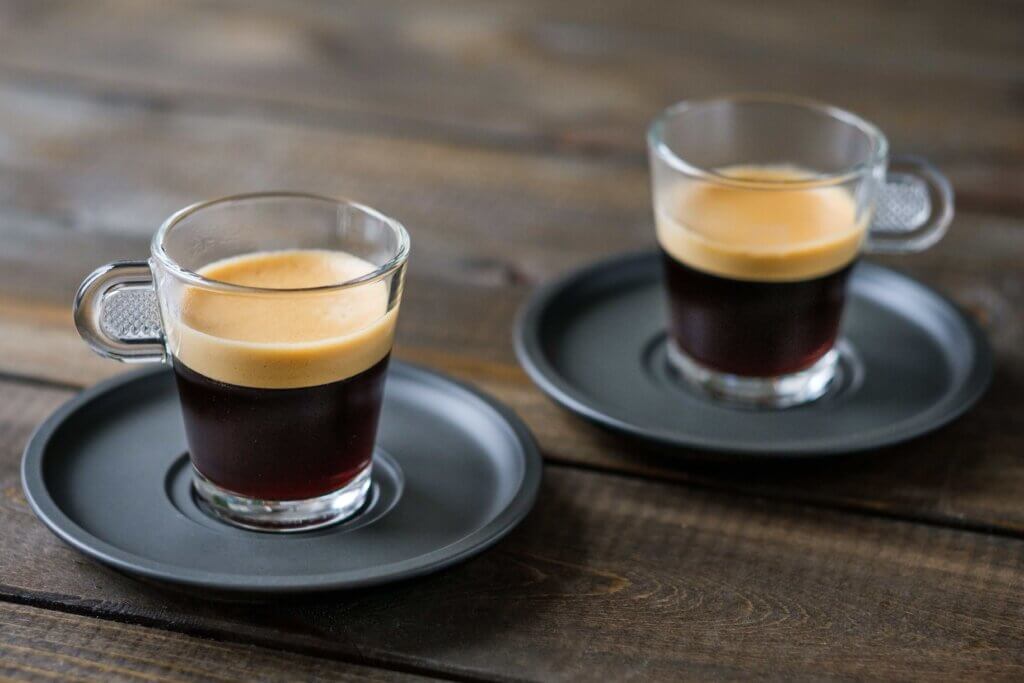
Fully-Automatic Coffee Makers: The Convenient All-Rounder
Fully-automatic machines are great all-rounders that can be used to prepare a wide range of coffee specialties. Strictly speaking, however, most coffee machines don’t make a proper espresso, because they don’t reach the required pressure of nine to ten bars. Coffee from a fully-automatic machine is more like an espresso lungo (an espresso that is longer and diluted with water). This does not mean that a fully-automatic machine produces a worse cup of coffee than a portafilter machine. Those who aren’t sticklers for detail and can appreciate simplicity will be very happy with a fully-automatic coffee machine.
Advantages
- Easy to operate
- Different coffee varieties at the touch of a button
- Freshly ground beans
Disadvantages
- Not a “real” espresso
- Extensive cleaning and maintenance required
Portafilter: The Coffee Specialist
These often semi-automatic machines work like professional gastronomic equipment with a removable portafilter. What characterises these machines is that the user has better control over the finished product. Water temperature and pressure are set manually in portafilter machines, so anyone can prepare an espresso to their own taste with a little practice. Consequently, portafilter machines are a must-have for anyone with high expectations for their espresso.
Freshly-ground coffee is pressed firmly into the removable portafilter using a so-called tamper. Hot water is then forced through at high pressure, causing it to briefly come into contact with the coffee grounds. The resulting coffee is significantly less bitter. Portafilter machines are also known to produce a stable, dense and golden-brown crema. The drawback is that users may have to wait longer for that unique taste. Depending on the model, the portafilter may need to heat up for several minutes before coffee preparation can begin. Cleaning the device regularly is also time consuming.
Advantages
- Individual coffee preparation
- More aesthetic crema
- Fewer bitter substances
Disadvantages
- Expensive to buy
- Cleaning intensive
- Long heat up time
How Is a Portafilter Machine Constructed?
An espresso machine has three basic components: a pump, a boiler, and a brew group. The boiler and water pipes have different designs, which are used to distinguish the machines into three categories: single-circuit, dual-circuit, and dual-boiler.
The Pump
Modern espresso machines are mainly equipped with electrically operated pumps which provide the necessary pressure. There are two main systems to be aware of: the vibration pump system, and the rotary pump system. The vibration pump is used mainly in household machines as it is inexpensive and space saving. In terms of taste, the type of pump makes no difference. The larger and more expensive rotary pump has a much higher capacity than the vibration pump and can supply several brew groups with pressure. Accordingly, it is more likely to be found in large appliances used in gastronomy than in machines for home use. Rotary pumps run smoothly and are quieter in operation than vibration pumps.
The Boiler
The boiler is at the heart of any espresso machine. It contains the water for brewing espresso or the steam for foaming milk. The steam is released via a so-called steam lance at the front of the machine. Whether you choose a single-circuit or dual-circuit machine depends on your drinking habits. If you just enjoy drinking espresso or only want to make one or two cups, a single-circuit machine is a good choice. For entertaining guests or making latte, a dual-circuit machine is better.
The Single-Circuit
Single-circuit machines have a single boiler, through which both the steam lance and the brew group are supplied. Since there is only one water circuit, hot water and steam for foaming milk cannot be supplied at the same time. The optimum temperature for the brewing water is around 90°C, whereas the temperature required for foaming milk is more than 100°C. Thus, in a single-circuit machine, it is necessary to alternate between hot water and steam, which can take time. As a result, preparing coffee varieties with milk, such as cappuccino or latte macchiato, is relatively time consuming. That said, those who prefer their coffee without milk are sure to get their money’s worth.
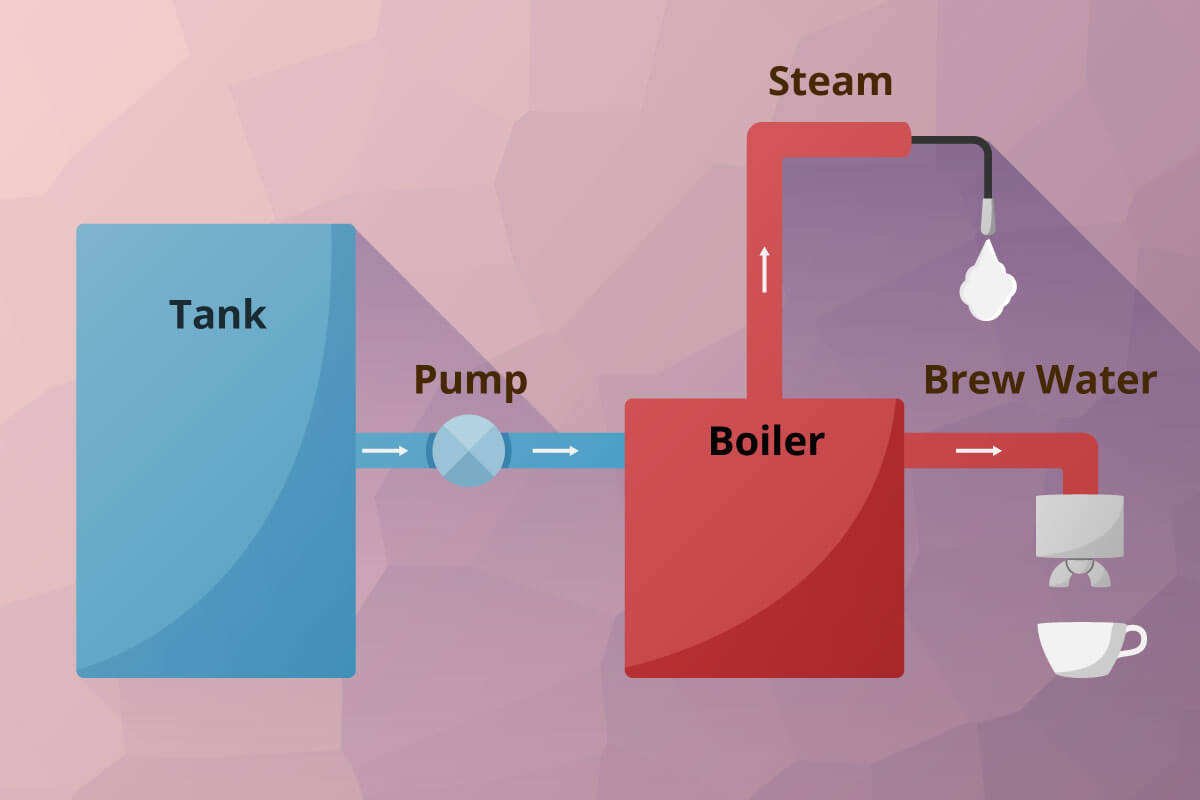
The Dual-Circuit
In contrast to the single-circuit, a dual-circuit machine has two water circuits. This makes it possible to control the temperature of the brewing water and steam at the same time. The dual-circuit boiler is therefore ideal for those who want to foam milk more often. In the first water circuit, both steam and hot water are heated, as in a pressure cooker. Whilst the steam can be used to foam milk, this water is far too hot for making coffee. In the second circuit, cold water is passed from the tank through a heat exchanger into the brew head. It is then heated to the appropriate temperature of about 90°C by the surrounding boiler water.
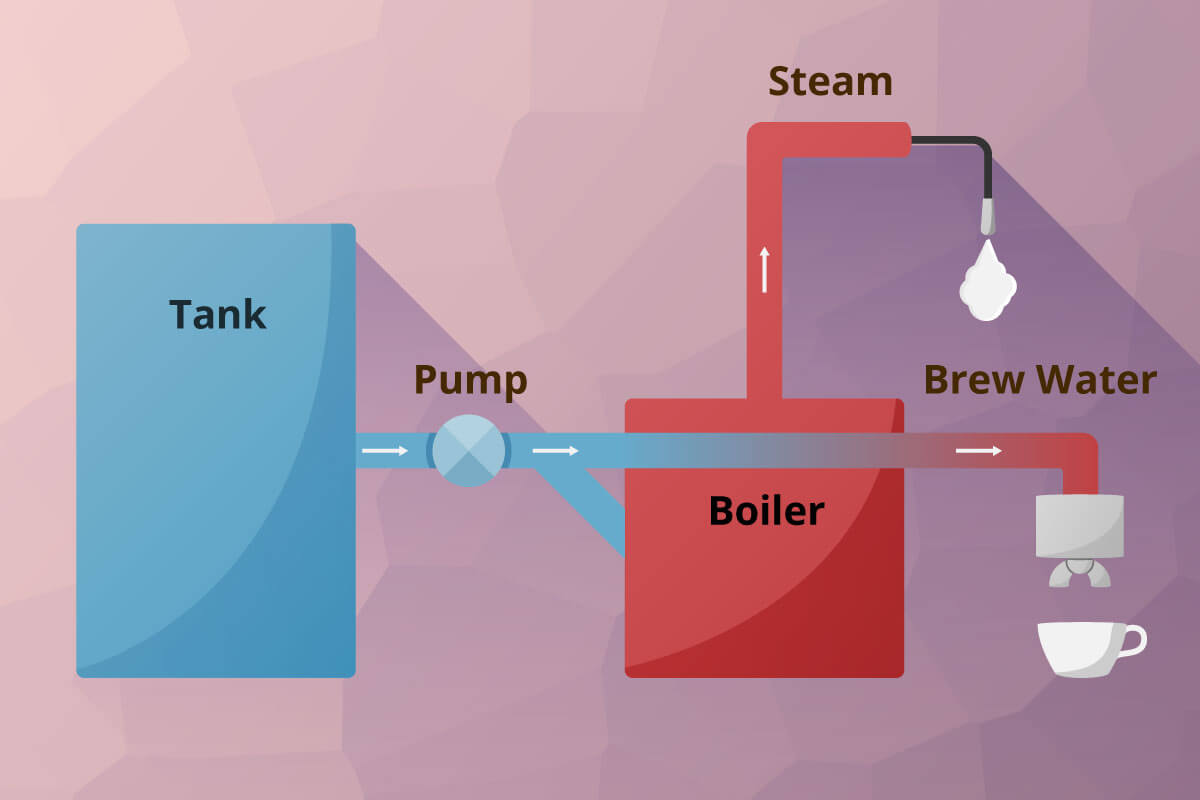
The Dual-Boiler
The most convenient solution is arguably the dual boiler. It has two separate boilers for water and steam. This allows for a particularly high level of control over the final coffee, given that the pressure and temperature of both circuits can be individually adjusted. This convenience comes at a price, however, as dual boilers are significantly more expensive than single and dual-circuit machines. For this reason, the machines are less practical for everyday use and are instead better suited for coffee perfectionists.
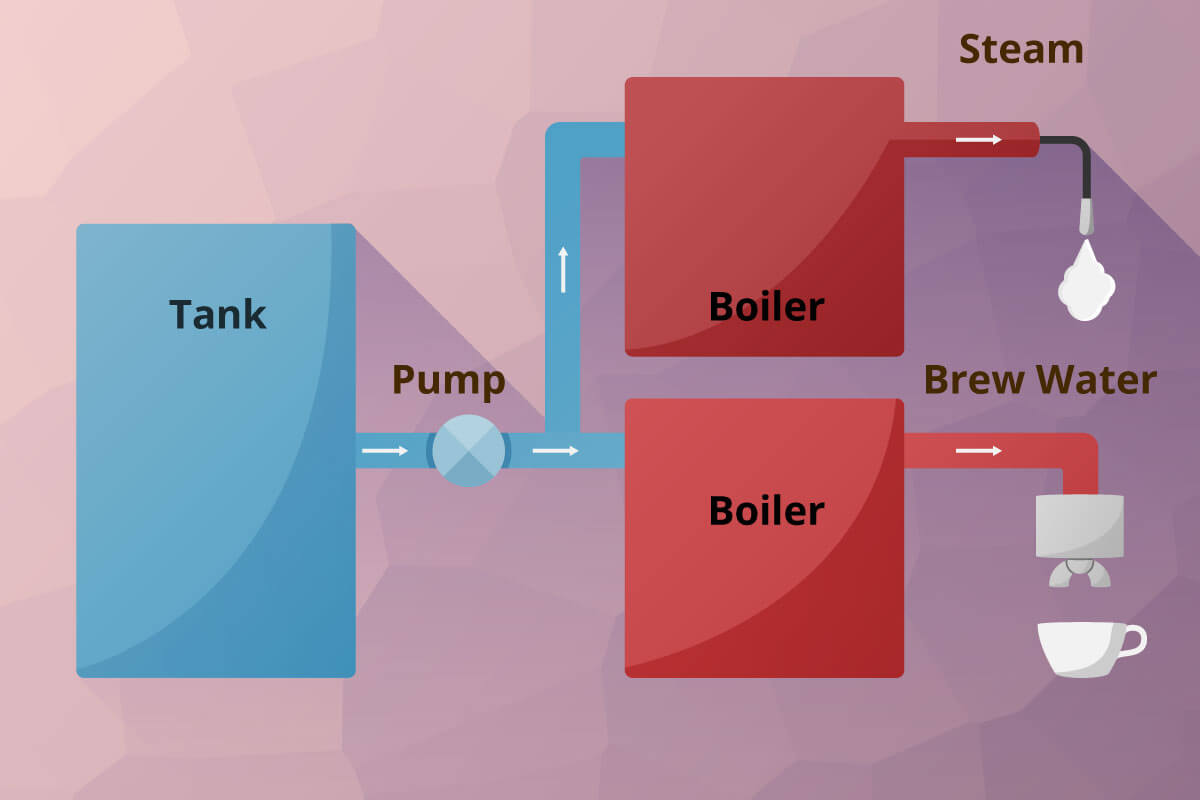
The Brew Group
The last link in the chain is the brew group. It too has an effect on the quality and taste of the espresso because this is where the portafilter attaches to the machine. The brew group consists of a tube, springs and valves through which any remaining pressure is discharged after the brewing process. Brew groups come in either automatic or manual versions. The automatic version takes care of everything virtually by itself, while a manual brew group allows the pressure and water supply to be regulated independently. This is especially recommended for anyone who enjoys experimenting with their coffee or has experience as a barista.
Purchase Criteria for an Espresso Machine
Before deciding on a purchase, it’s important to get an overview of the main features of an espresso machine. An example would be something like pump pressure, which can have a significant influence on the quality of your espresso. Other criteria for a portafilter machine include the boiler capacity, control over the water temperature and the heat up time.
Boiler Capacity and Materials
The size of the boiler determines the number of cups of coffee that can be prepared in succession. With small boilers, the water gets hot quickly, whereas with large boilers users may have to wait longer. On the flip side, larger boilers are capable of preparing several coffees in succession without the need to reheat the water.
Stainless steel, copper, and brass are all common materials for boilers. Many dual-circuit and dual-boiler boilers are made of copper. Single-circuit boilers, on the other hand, are usually made from stainless steel. Professional machines used in gastronomy have boilers made of stainless steel or coated copper. Stainless steel is a robust material that is very easy to clean and descale. Copper, meanwhile, is a trusted boiler material thanks to its heat-conducting properties. Brass is a copper-zinc alloy and is cheaper as well as more robust than copper. Materials aside, another primary criterion is the thickness of the boiler wall. The thicker the wall, the longer the boiler temperature remains constant.
PID Control
PID stands for “Proportional – Integral – Derivative”.In simple terms, this ensures a constant temperature of the brewing water which can, in turn, contribute significantly to the success of an espresso. PID control is particularly useful for single-circuit machines, as it helps to compensate for constant changes in temperature. PID control is not of such high importance for dual-circuit machines, but it does allow the temperature to be adjusted according to the user’s wishes.
Coffee Grinder: Built-In or Separate?
All fully-automatic coffee machines have an integrated grinder. The beans are simply filled into the container attached. With espresso machines, however, a built-in grinder is not the standard. Be sure to pay attention to whether the device is equipped with a grinder unless you want to buy an additional coffee grinder. A major advantage of a built-in grinder is that the beans are freshly ground and brewed, all at the touch of a button!
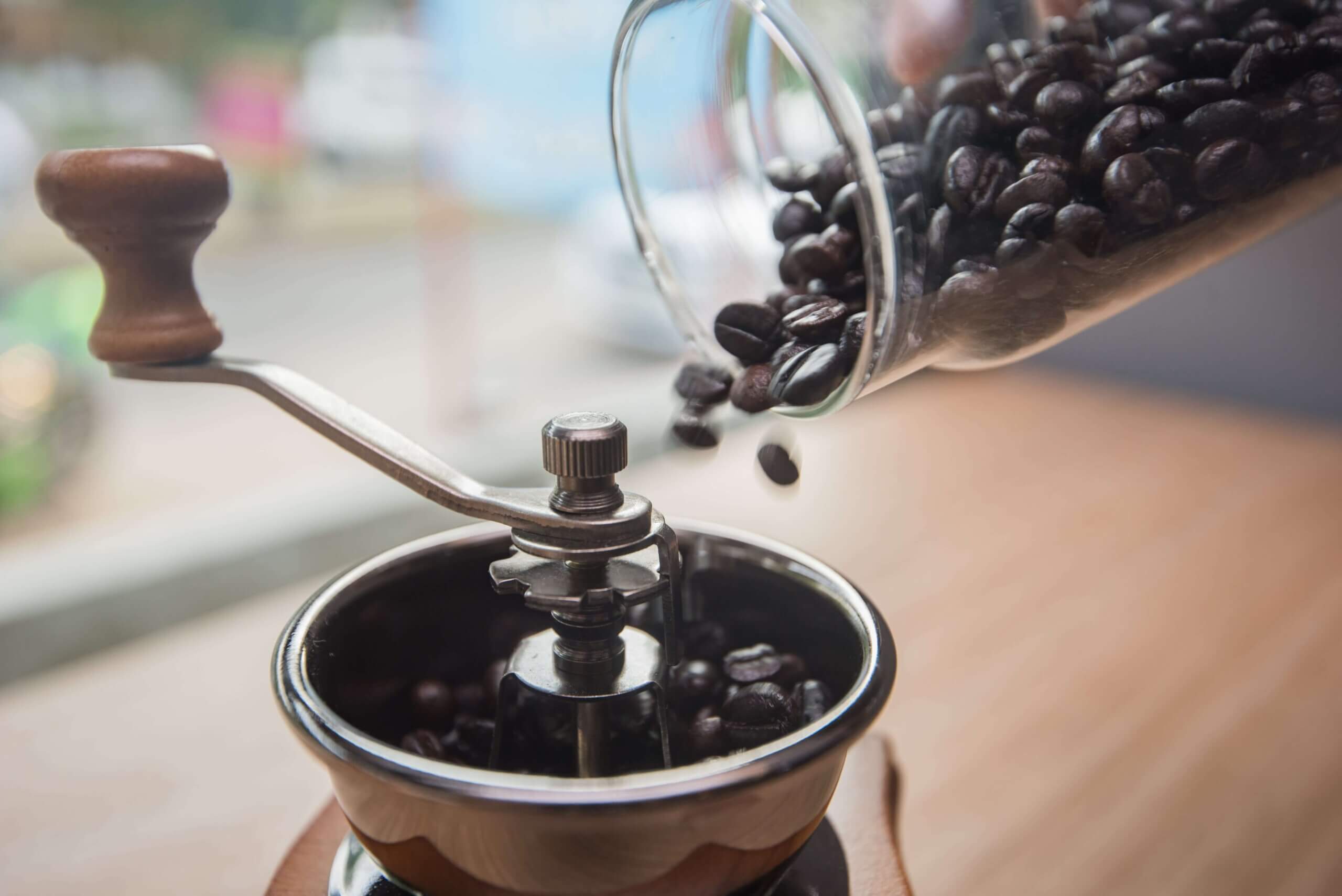
If storage for your machine poses an issue, then machines with built-in grinders may not be the best option. Exposure to oxygen and light can cause the beans to lose their flavour before they are even ground. For the best taste experience, only the exact required amount of beans should be put into the container from a sealed package. In practice, hardly anyone ever does this. Storing your beans in the container makes it difficult to change which coffee you are drinking at the drop of a hat. Drinking a different coffee at lunchtime than in the morning would mean tediously changing the beans by hand. Another factor to bear in mind is the grinder, which needs to be cleaned thoroughly and on a regular basis. Decomposing grounds are liable to rot in the grinder and can affect the taste of the final coffee. Overall, a machine with an integrated grinder is more time saving. Users must weigh up speed and convenience on the one hand against coffee variation and taste on the other. For these reasons, many coffee connoisseurs opt for a separate grinder that only grinds the required amount of beans and makes it easy to switch between varieties.
Other Aspects to Bear in Mind
When buying a kitchen appliance, it is always a good idea to be aware of how much space you have in the kitchen. How much space is available for the espresso machine? This factor alone can tip the scales in favour of a specific model, such as a space-saving, single-circuit machine.
Depending on where the machine is located, how much noise it makes can also make a difference. A loud machine is less suitable for use in the kitchen or near a bedroom. The pump and especially the grinder are responsible for the noise level. If you want to prepare coffee particularly quietly, it is best to use a manually-operated coffee grinder.
The size of the boiler determines how many cups of espresso you can prepare in succession. Having a large boiler, however, can also increase the waiting time. Single people who want to quickly brew an espresso in the morning are best served by a small boiler.
The capacity of the water tank should depend on the size of the household. Portafilter machine tanks usually hold between 1.0 and 1.5 liters of water. Smaller water tanks are sufficient for small households or infrequent users. A removable water tank makes refilling and cleaning easier.
For the portafilter, you need a tamper with the correct diameter. The tamper should fill the sieve as tightly as possible to ensure that the coffee grounds are compacted evenly. A tamper with a diameter of 58 millimeters is suitable for most standard sieves.
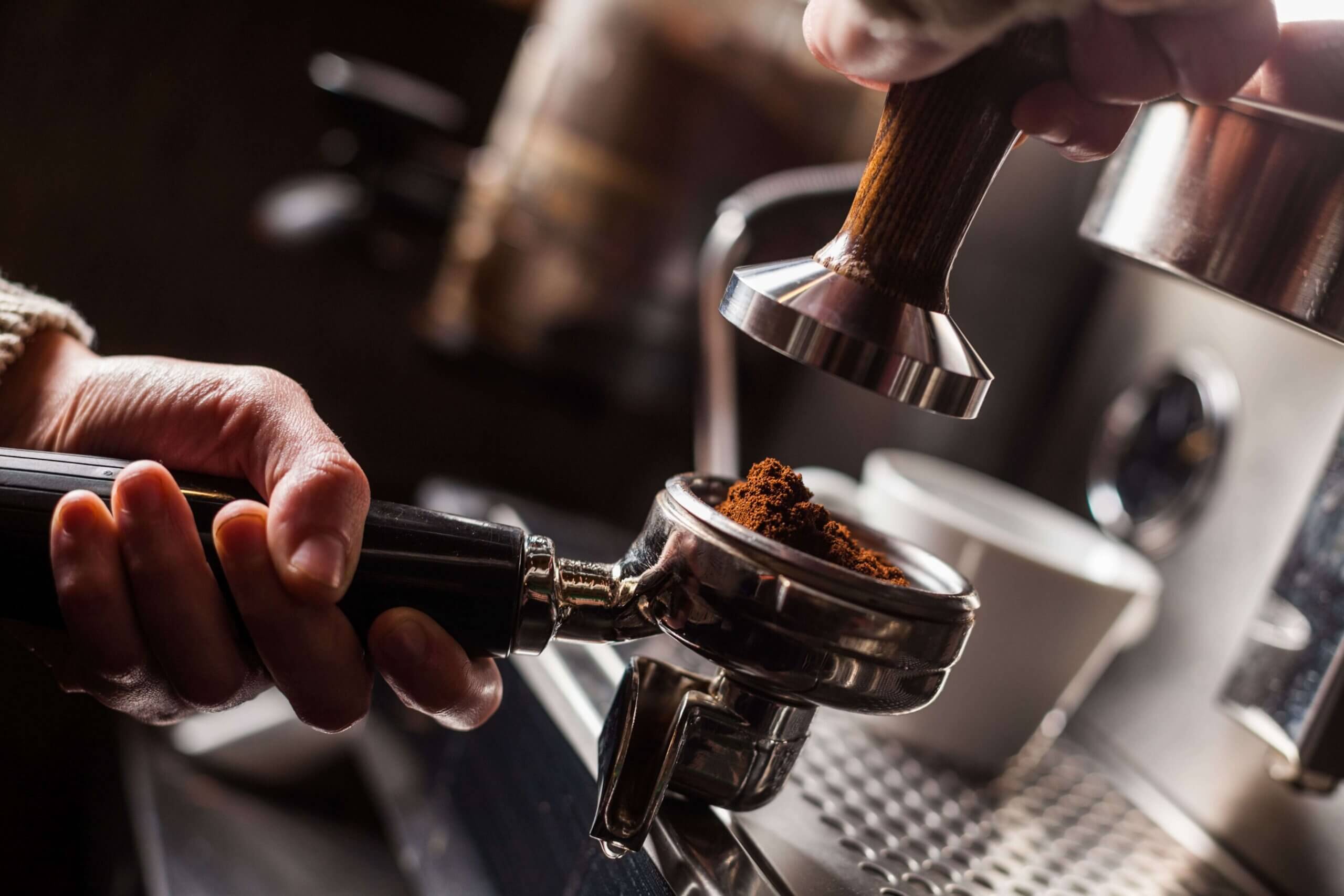
How to Prepare an Espresso
After buying an espresso machine, it’s tempting to get started right away. Instead, take some time and consider the following tips before preparing your first coffee:
Warm up the cup. It’s sufficient to rinse it once through with hot water. This way, the espresso cools down less quickly and you can enjoy it in peace.
Clean the machine and the brew head regularly. Leftover sediments can affect the taste of your drink.
Use freshly ground beans. Use a separate grinder or, if available, the built-in grinder. Beans that have been recently roasted have the best aroma.
Measure out the grounds to your taste and then press them firmly into the portafilter with the tamper.
Sit back, relax and enjoy your espresso!

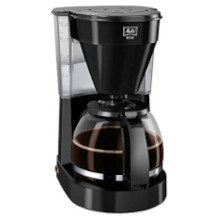
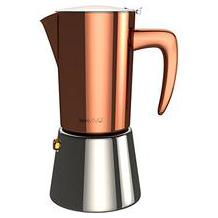

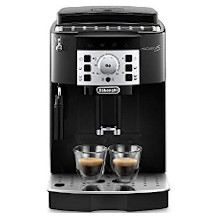
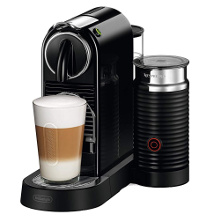
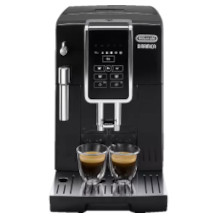
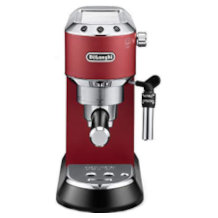
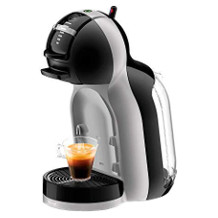
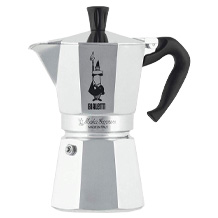
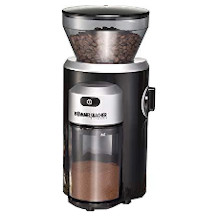




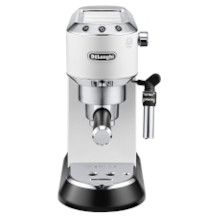

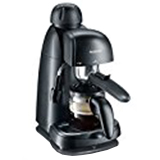

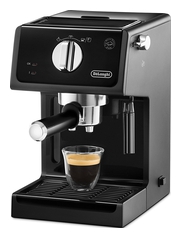
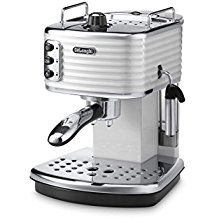
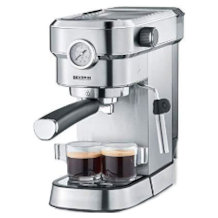
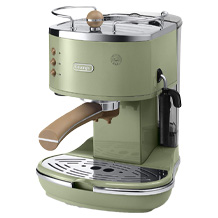

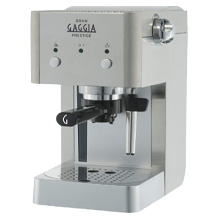
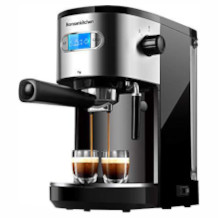

 45,373 reviews
45,373 reviews




